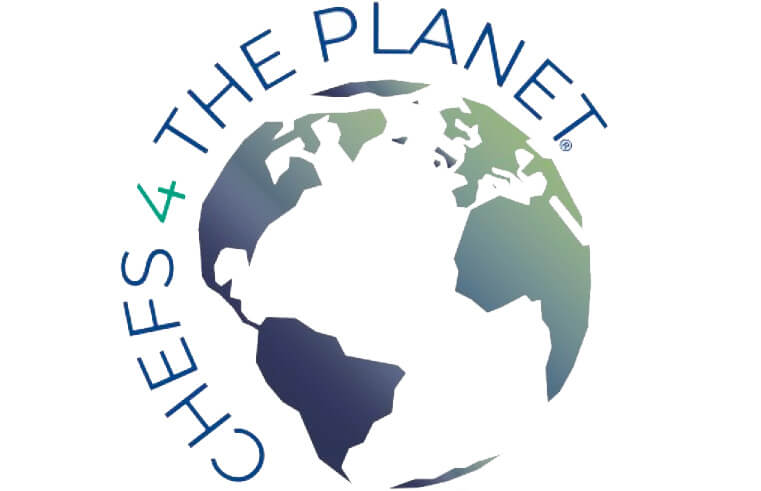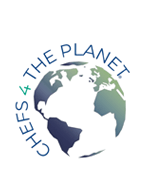By Olga Algayerova, Executive Secretary, UNECE
With the consequences of COVID-19 still unfolding, one area of major disruption has been to global food systems, resulting in significant increases in food loss and waste. Today, the first ever International Day of Awareness of Food Loss and Waste, is a wake-up call. We must access and make available the “invisible” food lost and wasted in our supply chains – and we will see that there is enough food for everyone.
In the first half of 2020, tonnes of perishable agricultural produce was discarded due to reduced demand from the tourism and hospitality sectors, scarce seasonal labor and border closures. In some markets, perfectly edible fresh fruit, milk, eggs, potatoes, and other commodities in net overstock or affected by the disrupted supply chains were discarded or reploughed into the fields.
Draining and wasting the resources of our planet with food that is never eaten is no longer acceptable and must stop.
While in many countries this drop in demand led to price drops in fresh produce, meat, and fish, as compared to the same period last year, in other countries closed borders and logistical problems led to scarce availability of food staples and to never-before-seen price hikes, contributing to food insecurity.
These are only a few unfortunate consequences of disrupted value chains – this time by a pandemic, but next time potentially by drought or other incidents. With a growing number of hungry and undernourished people globally, imperfect and unsustainable food systems are disproportionally affecting the most vulnerable and can no longer be ignored.
While exacerbated by the COVID-19 pandemic, the food loss and waste crises are nothing new. Food loss and waste refers to the food that is never harvested, food that is discarded before it even travels to distribution centers, and food that is removed from supermarket shelves before anyone could buy it. Consumers notice waste when we throw out food. But the food lost because of disrupted supply chains, overproduction, inadequate storage remains largely invisible.
The waste of scarce resources has considerable impact on the environment and society and immense economic costs. According to an FAO estimate, one third of food produced for human consumption, worth 1.2 trillion USD, is lost or wasted every year. Nearly 14% of the world’s food is lost from post-harvest up to (but not including) the retail level. Moreover, the share of greenhouse gas (GHG) emissions caused by food produced but never eaten is currently estimated at 8% and continues to grow. Finally, the current state of global food systems does not guarantee food security and nutrition to meet the demands of the growing population of our planet.
Read the full article here: https://sdg.iisd.org/commentary/guest-articles/food-lost-and-wasted-the-invisible-face-of-our-food-chain-and-an-opportunity-for-change/


